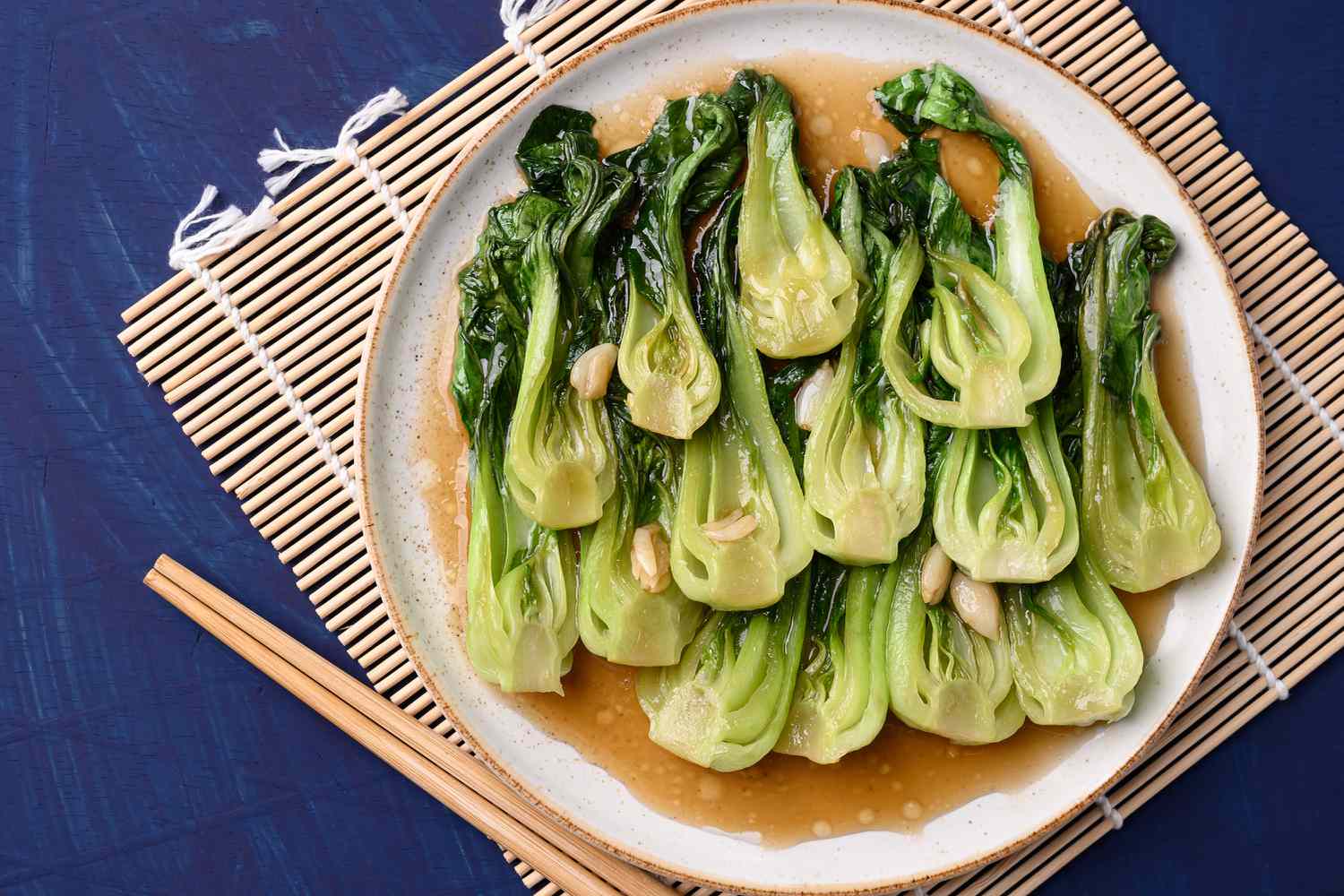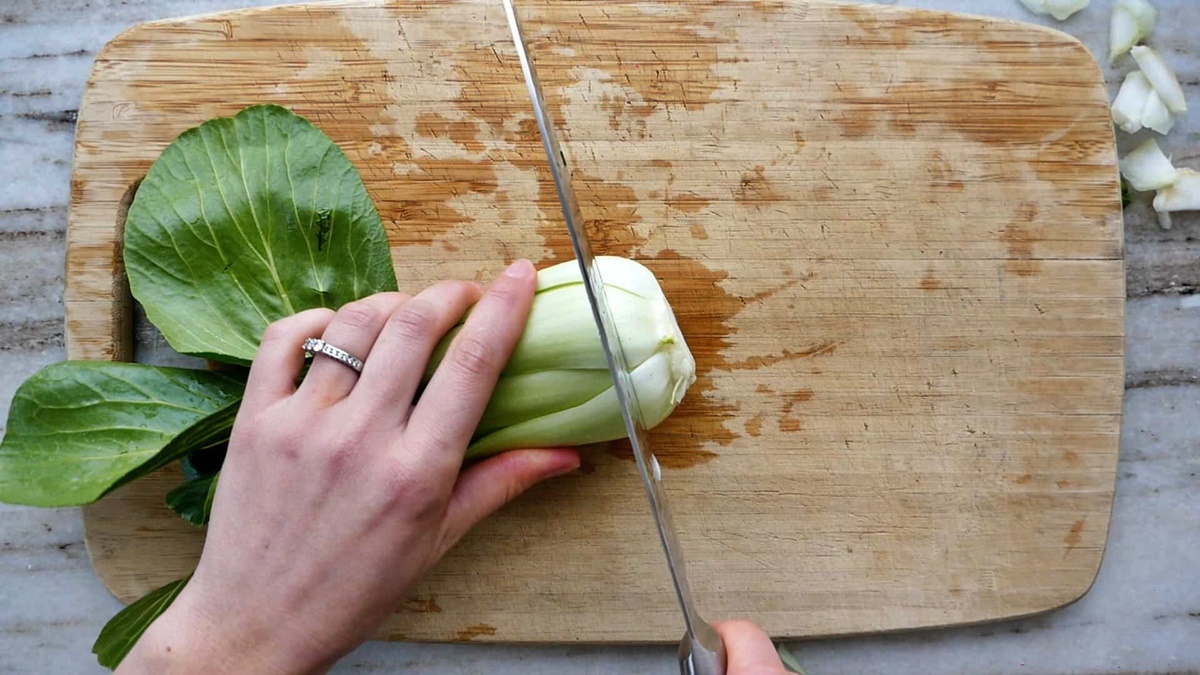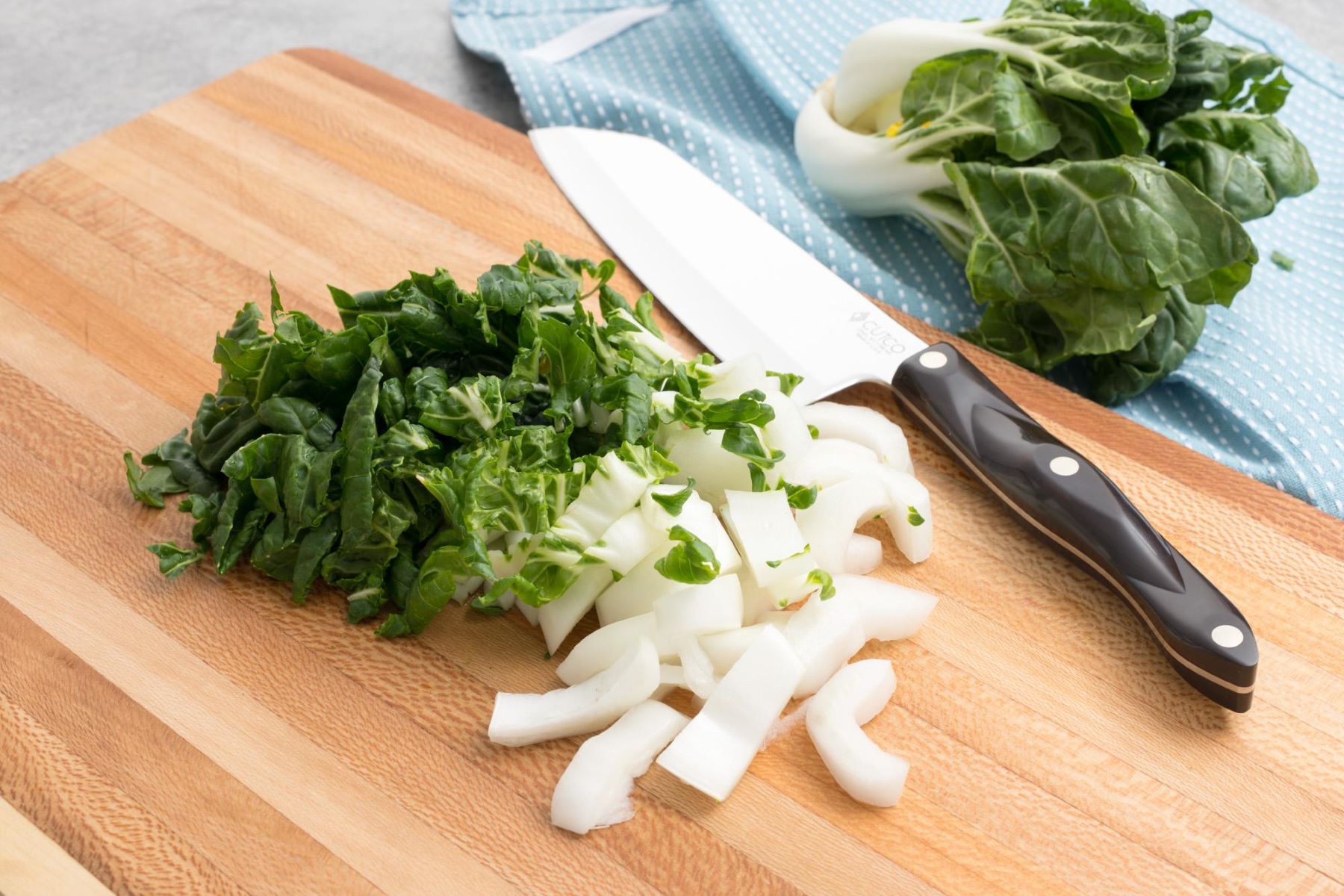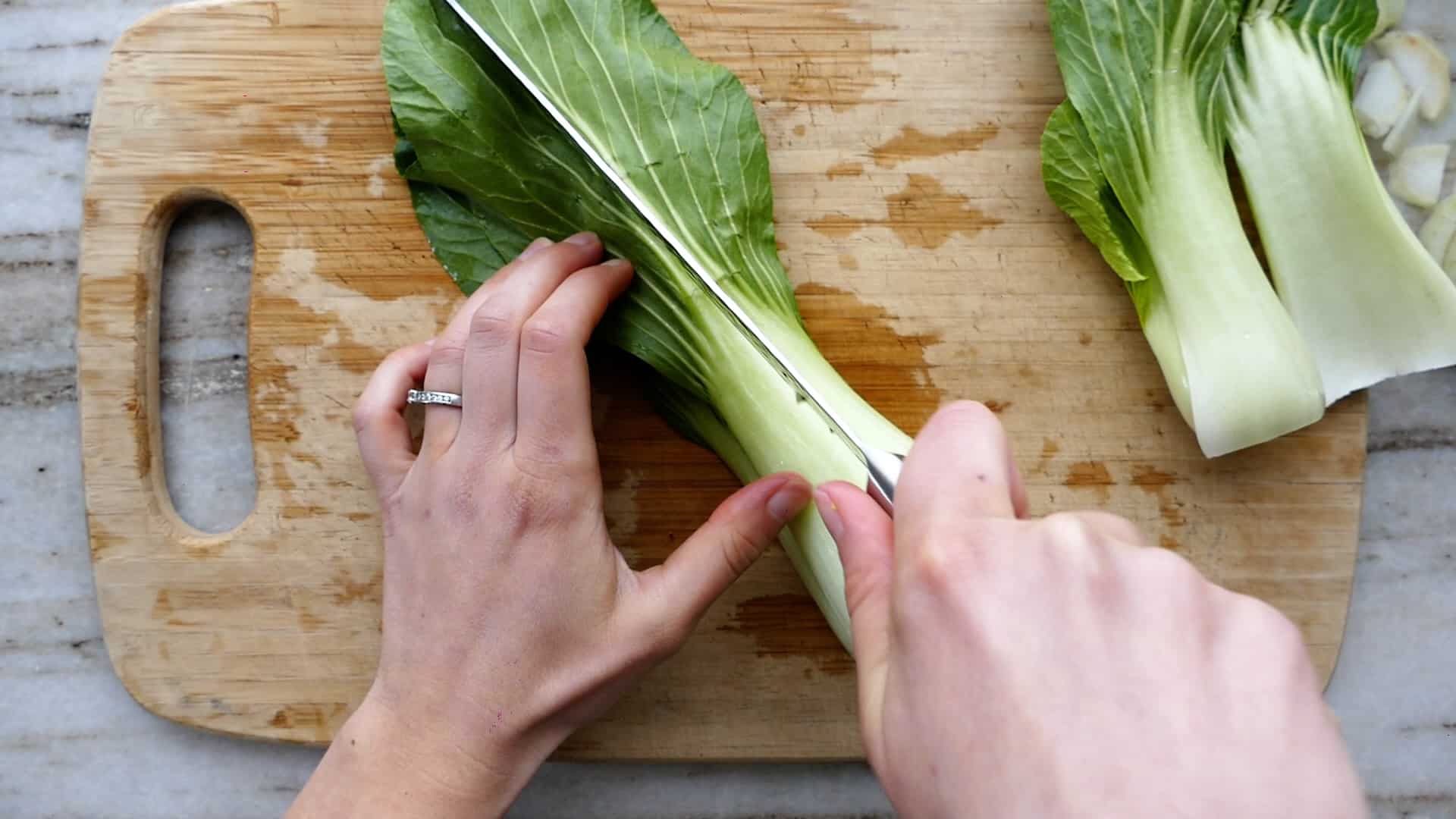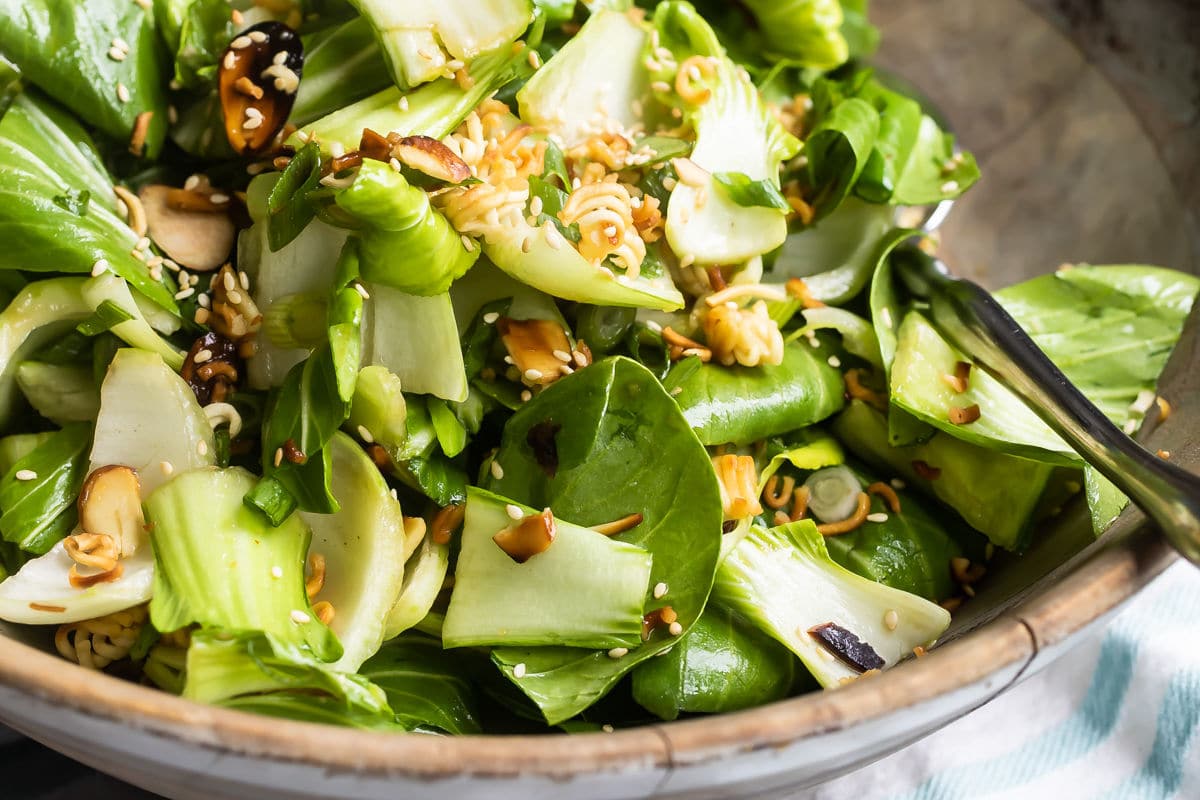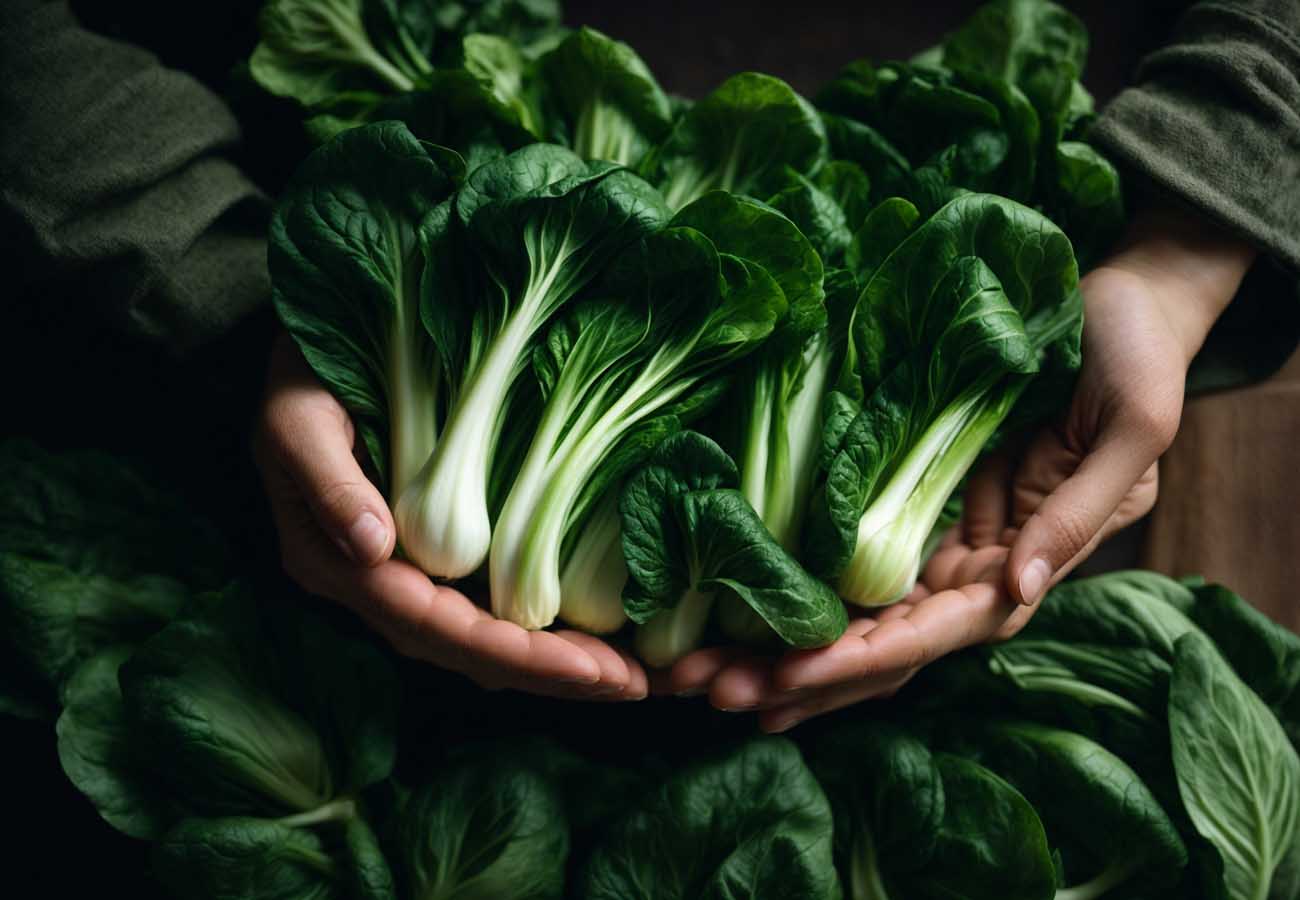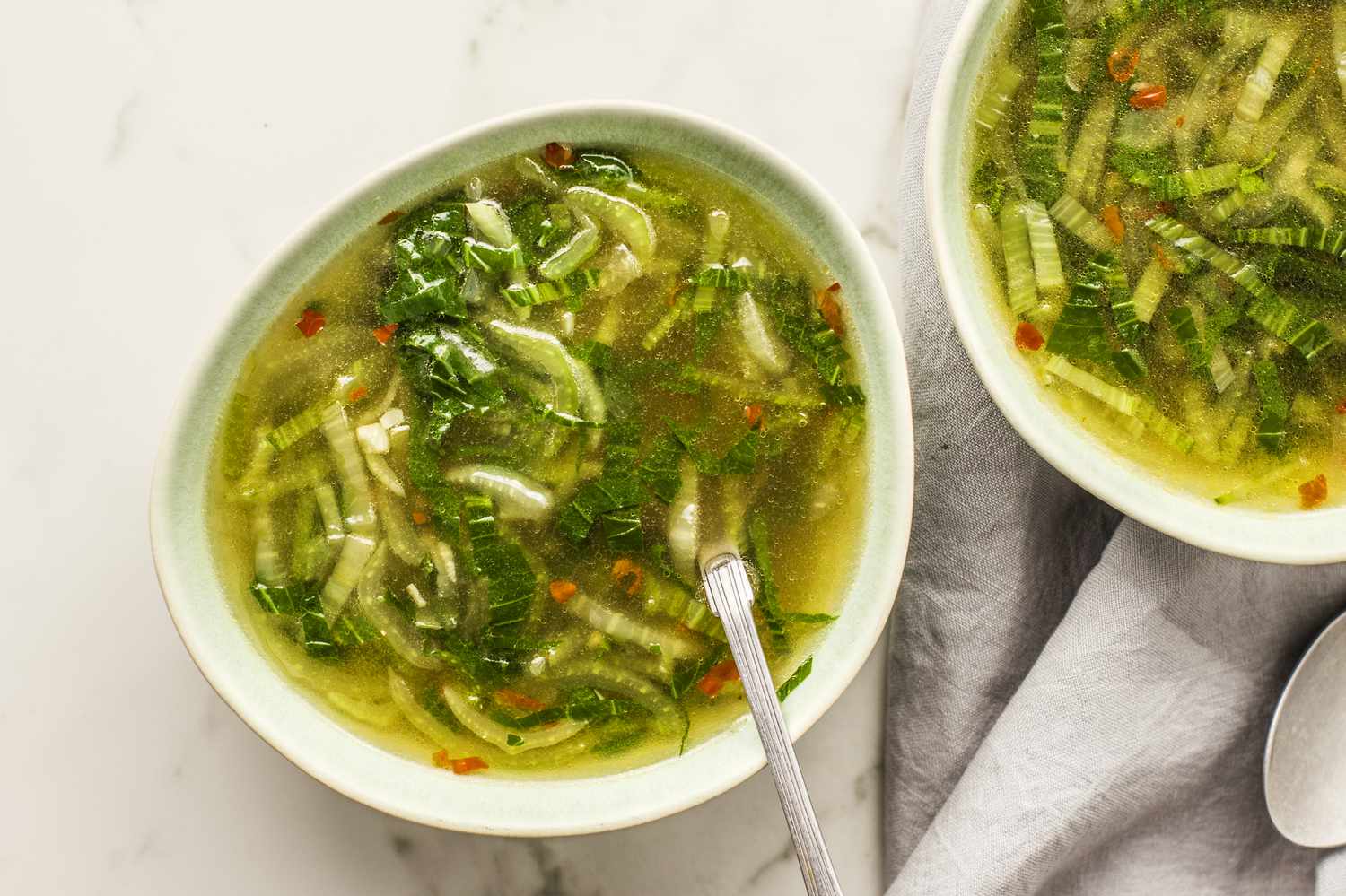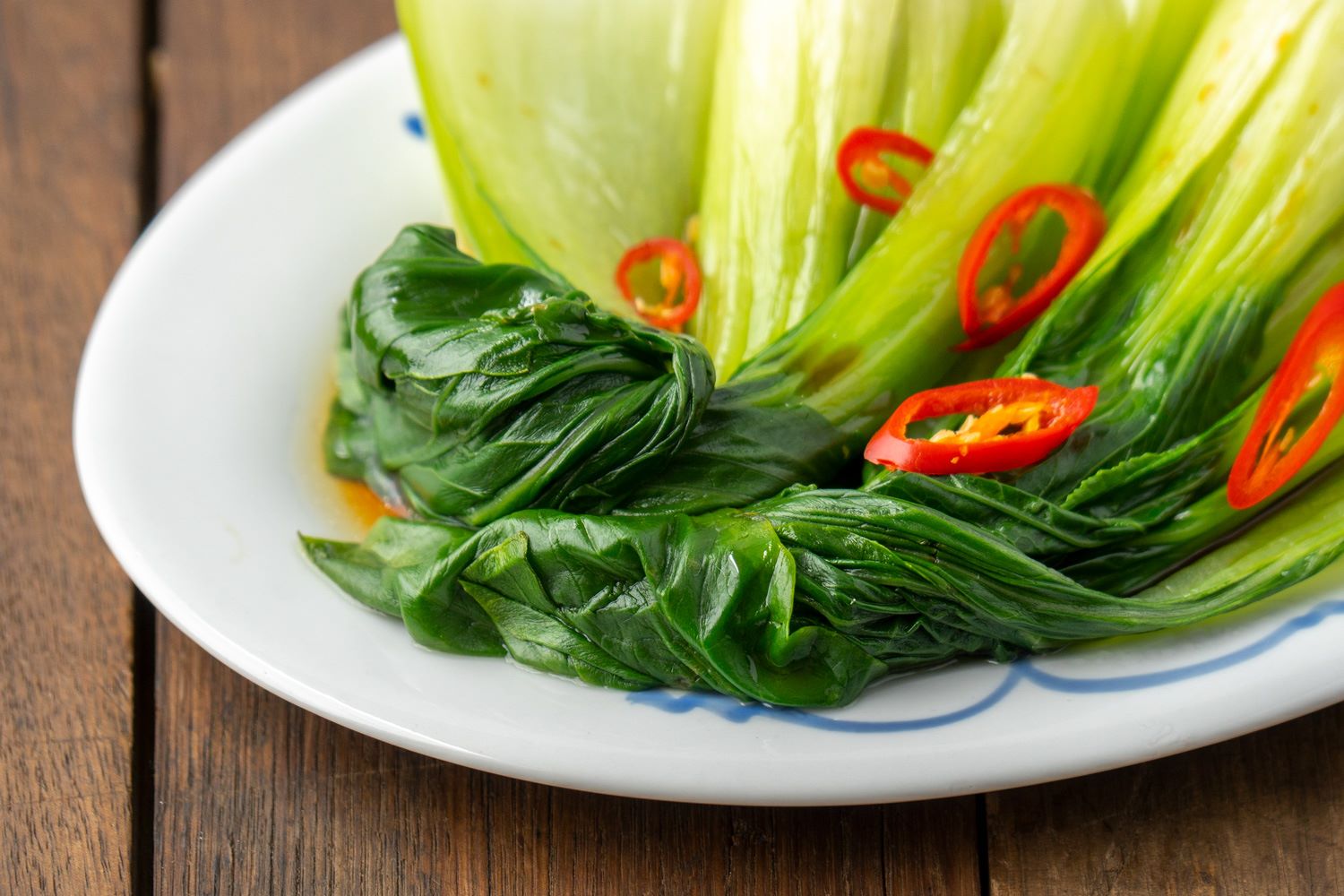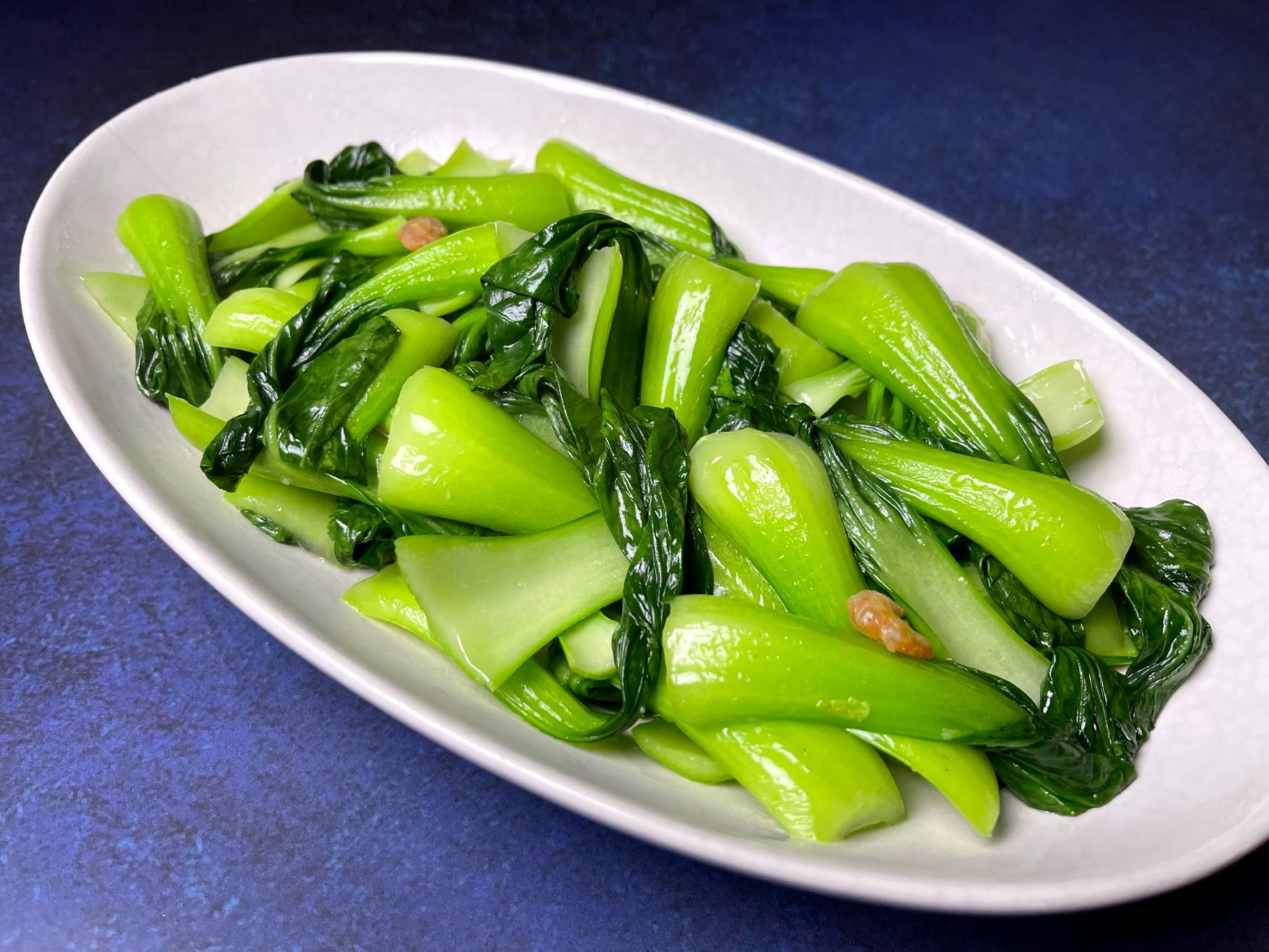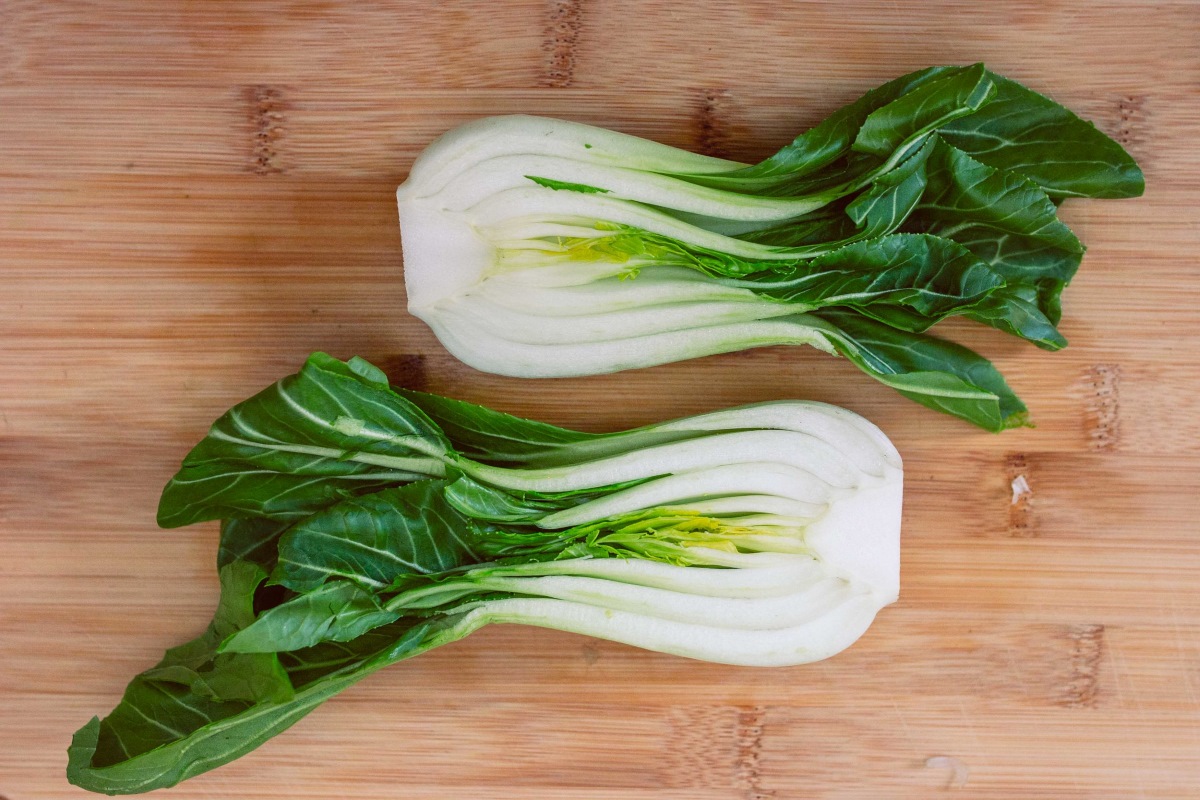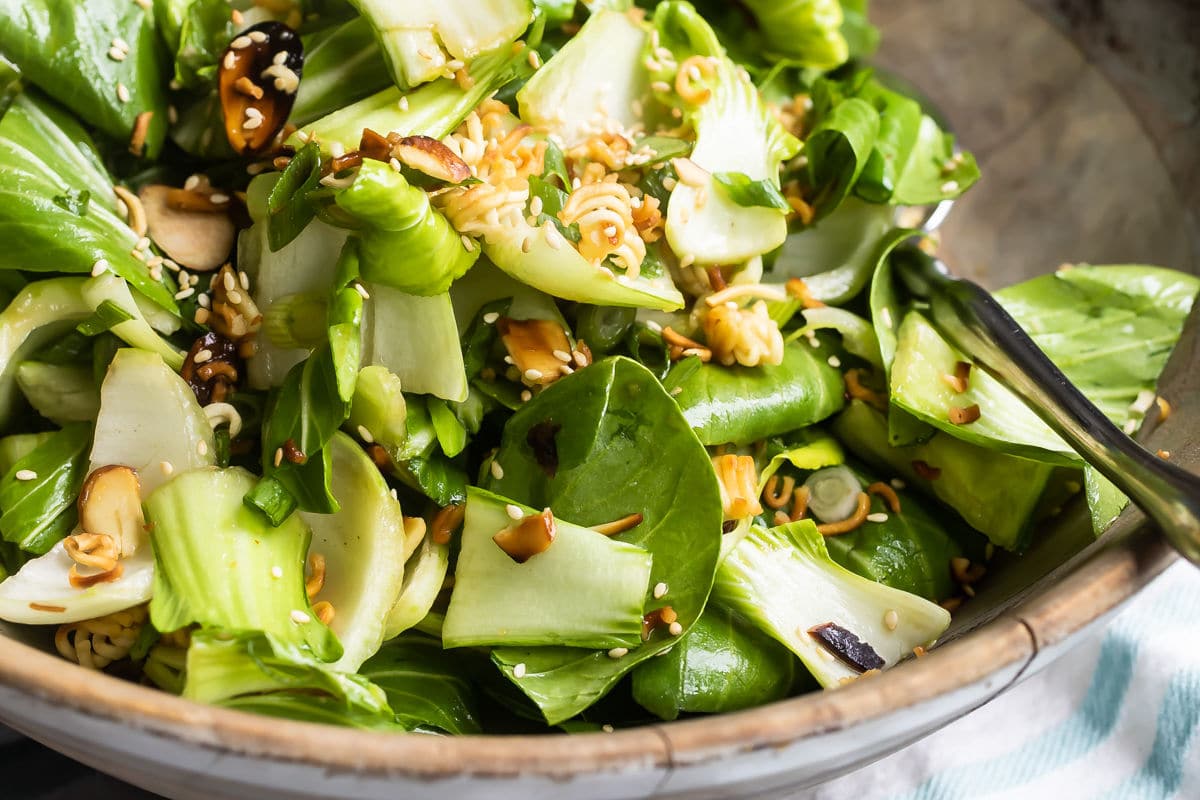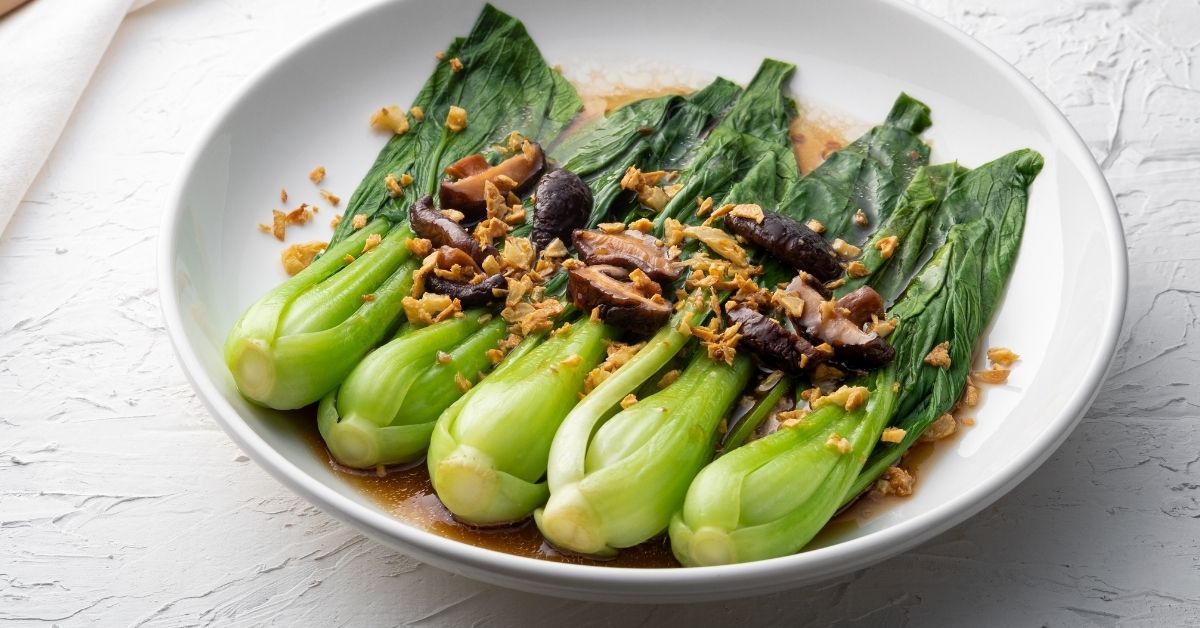Discovering the Delightful World of Bok Choy
Welcome to the wonderful world of bok choy! This versatile and nutritious vegetable is a staple in many Asian cuisines and is becoming increasingly popular in Western cooking as well. Bok choy comes in two main varieties: white and green. Both types are packed with vitamins, minerals, and antioxidants, making them a fantastic addition to any diet. In this article, we’ll explore the different ways you can enjoy white and green bok choy, from raw to cooked and everything in between.
Raw Delights
When it comes to enjoying bok choy in its raw form, both white and green varieties are equally delicious. Here are a few ways to incorporate raw bok choy into your meals:
- Chop it up and add it to a fresh salad for a crunchy texture and mild, slightly peppery flavor.
- Slice it thinly and use it as a base for a refreshing slaw or coleslaw.
- Dip the leaves in hummus or your favorite dip for a nutritious and satisfying snack.
Cooking with Bok Choy
One of the most popular ways to enjoy bok choy is by cooking it. Both white and green bok choy can be used in a variety of cooked dishes, adding a unique flavor and texture to your meals. Here are some cooking methods to try:
- Stir-frying: Heat a bit of oil in a pan, add chopped bok choy, and stir-fry until tender-crisp. Season with soy sauce, garlic, and ginger for a delicious Asian-inspired side dish.
- Sautéing: Sauté bok choy with garlic, olive oil, and a splash of lemon juice for a simple and flavorful side dish.
- Steaming: Steam whole bok choy until tender, then drizzle with a bit of sesame oil and sprinkle with sesame seeds for an elegant and healthy side.
Adding Bok Choy to Soups and Stews
Bok choy is a fantastic addition to soups and stews, adding a pop of color and a nutritious boost to your favorite recipes. Whether you’re making a hearty vegetable soup or a fragrant curry, bok choy can take your dish to the next level. Simply chop the bok choy and add it to your simmering soup or stew, allowing it to cook until tender.
Experimenting with Bok Choy
Don’t be afraid to get creative with bok choy! This versatile vegetable can be used in a wide range of dishes, from stir-fries and salads to smoothies and wraps. Try adding bok choy to your favorite smoothie for an unexpected twist, or use it as a crunchy topping for tacos and burrito bowls. The possibilities are endless!
Conclusion
White and green bok choy are both delicious and nutritious additions to any diet. Whether you enjoy them raw in salads and slaws, or cooked in stir-fries and soups, bok choy is a versatile vegetable that can elevate your meals in countless ways. So go ahead, pick up some bok choy on your next trip to the grocery store and start experimenting with this delightful and healthy ingredient!
